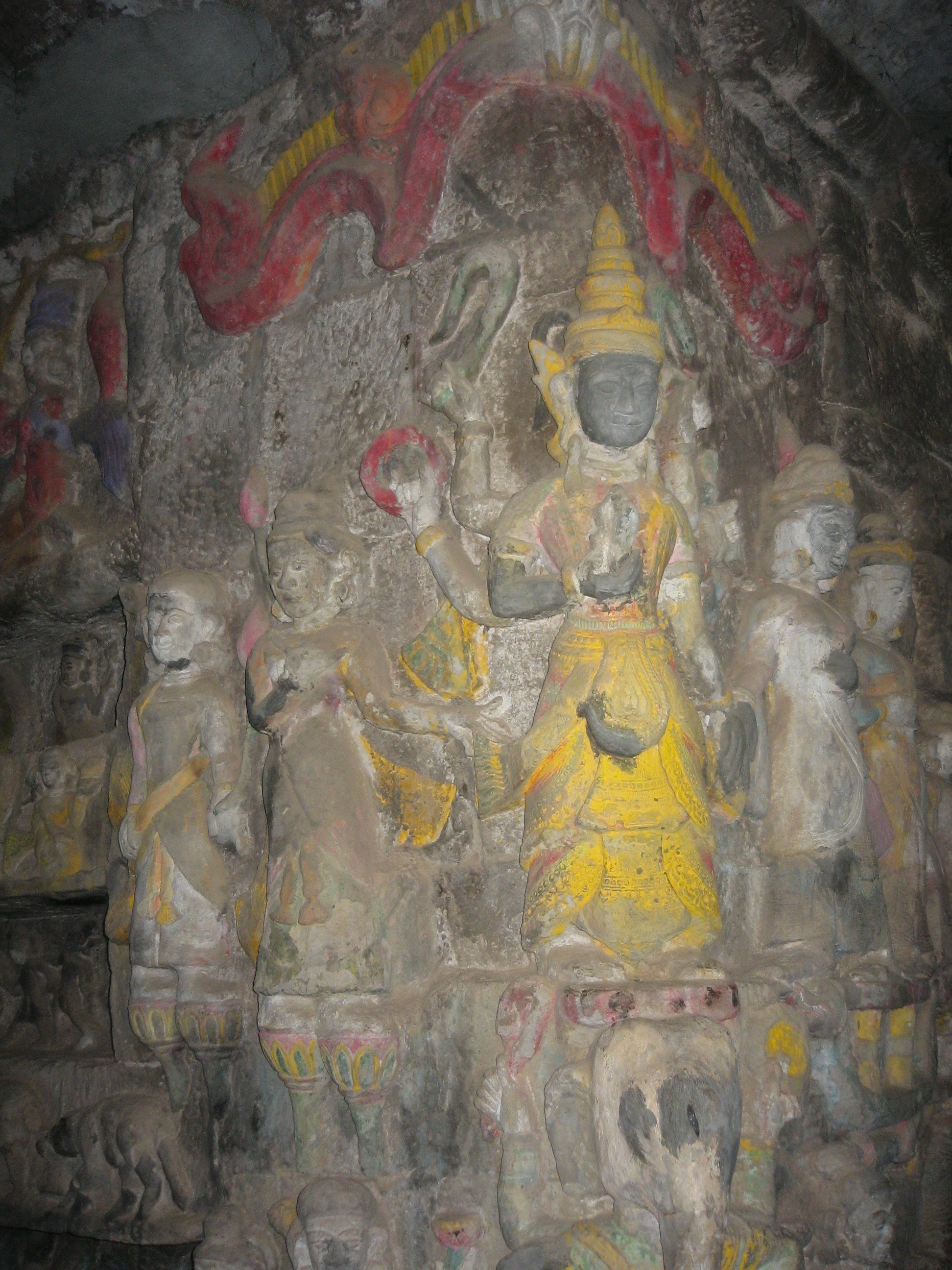|
List Of Arakanese Monarchs
The following is a list of monarchs of Arakan, starting from the Lemro period. For monarchs from earlier periods, see List of early and legendary monarchs of Burma. Lemro (1018–1430) Unless otherwise noted, the regnal dates in this section are abbreviated to the first Western calendar year only although the Burmese calendar straddles the Western calendar. For example, the start of King Khittathin's reign, 380 ME (26 March 1018 to 25 March 1019 CE), is shown here only as 1018 (instead of 1018/19). Pyinsa(1018–1103) Parein(1103–1167) Hkrit (1167–1180) Nyeinjara Toungoo (1180–1237) Launggyet (1251–1406) Interregnum (1406–1429) North Arakan Sandoway (Thandwe) Mrauk-U (1429–1785) The reign dates are per the Arakanese chronicle ''Rakhine Razawin Thit'' (Sandamala Linkara Vol. 2 1931), converted into Western dates using (Eade 1989). (Some Arakanese chronicles state the foundation of the kingdom a year later, 1430. Moreover, the end of the kingdom ... [...More Info...] [...Related Items...] OR: [Wikipedia] [Google] [Baidu] |
Parein
Parein ( my, ပရိန်မြို့, ) is the former capital of the Parein Dynasty of Arakan from 1103/1106 to 1167 during the Le-Mro period. The site of the former capital is located a few miles southeast of Mrauk U and north of Launggyet within Mrauk-U Township. Geography The old city of Parein faces the Lemro River in the east. It has at its back a ridge that run parallel to the Mong-swe ridge between the Kaladan and Lemro Rivers. In the south, Paungdok creek separates Parein from the Launggret. To its north is the Alayzee creek. History In the eleventh century, the Waithali Kingdom declined, giving way to the Lemro period of Arakanese history. The history of this period is dependent on chronicles which state that the shift in power from the Kaladan valley, where Waithali lies, to the Lemro valley began when the capital was moved to Sambawak and then Pyinsa. Pyinsa developed for a few decades before the capital was, again, moved to Parein. Based on the chronicle ... [...More Info...] [...Related Items...] OR: [Wikipedia] [Google] [Baidu] |
Monarch
A monarch is a head of stateWebster's II New College DictionarMonarch Houghton Mifflin. Boston. 2001. p. 707. Life tenure, for life or until abdication, and therefore the head of state of a monarchy. A monarch may exercise the highest authority and power in the Sovereign state, state, or others may wield that power on behalf of the monarch. Usually a monarch either personally inheritance, inherits the lawful right to exercise the state's sovereign rights (often referred to as ''the throne'' or ''the Crown, the crown'') or is elective monarchy, selected by an established process from a family or cohort eligible to provide the nation's monarch. Alternatively, an individual may self-proclaimed monarchy, proclaim themself monarch, which may be backed and Legitimacy (political), legitimated through acclamation, right of conquest or a combination of means. If a young child is crowned the monarch, then a regent is often appointed to govern until the monarch reaches the requisite adult a ... [...More Info...] [...Related Items...] OR: [Wikipedia] [Google] [Baidu] |
Kawliya Of Parein
The Kawliya, Qawliya or Awaz, Keche-Hjälp ( ar, كاولية or كاولي), also known as Zott and Ghorbati (known in English as ''Gypsies''), is a community in Iraq of Indian origin, estimated to number over 60,000 people. Today they speak mostly Arabic, while their ethnolect is a mixture of Persian, Kurdish and Turkish, only spoken by the older generations. The largest tribes are the Bu-Baroud, Bu-Swailem, Bu-Helio, Bu-Dakhil, Bu-Akkar, Bu-Murad, Bu-Thanio, Bu-Shati, Al-Farahedah, Al-Mtairat, Bu-Khuzam, Bu-Abd, Bu-Nasif, Bu-Delli and Al-Nawar. Their main occupation is entertainment, and also small trades. The Kawliya migrated from India approximately 1,000 years ago. Kawliya is also the name of a former village in the Al-Qādisiyyah Governorate near Al Diwaniyah, located about 100 miles southeast of Baghdad, where they live. See also * Doms in Syria * Nawar (people) * Ghorbati Ghorbati (self-designations also Mugat and Hadurgar) is an ethnic group, an originally nomadic com ... [...More Info...] [...Related Items...] OR: [Wikipedia] [Google] [Baidu] |
